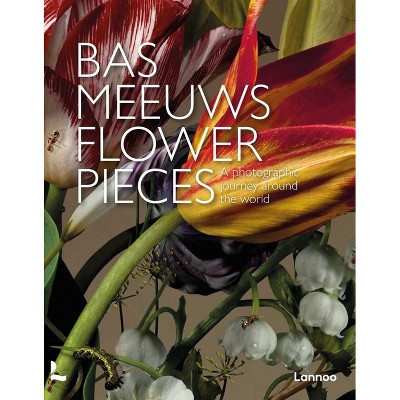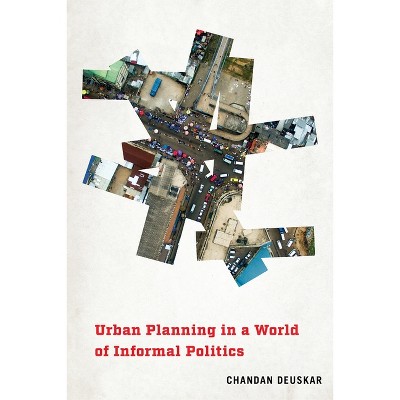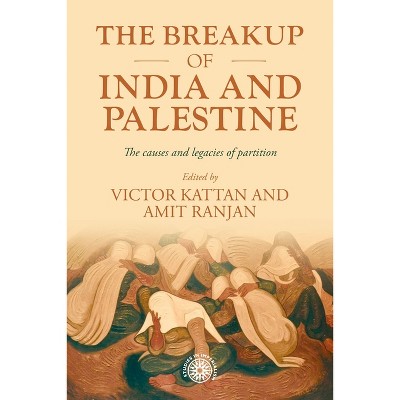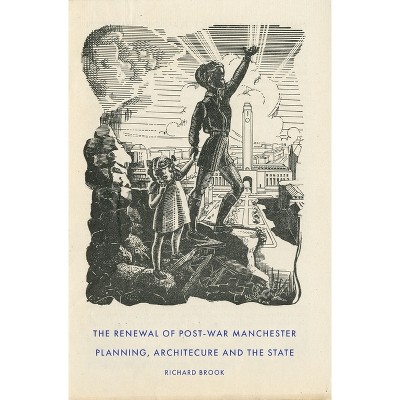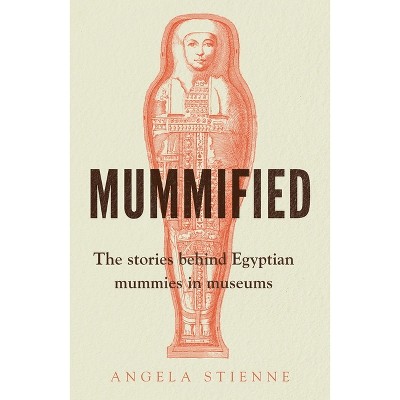Sponsored

Demystifying Informal Urban Design and Planning - by Mahyar Arefi (Hardcover)
In Stock
Sponsored
About this item
Highlights
- About the Author: Mahyar Arefi is International Affiliate Professor of Urban Planning at the University of Tehran and Senior Research Specialist at Huahui Engineering and Design Group, Shaoxing
- 320 Pages
- Architecture, Urban & Land Use Planning
Description
About the Book
Borrowing from Isaiah Berlin's foxes vs hedgehogs and Gregory Treverton's puzzle vs mystery solving analogies, this book encourages urban designers to be multitaskers like foxes, rather than hedgehogs who can do one thing right. Thinking this way allows them to better engage with and unravel the mysterious nature of informal urban design.From the Back Cover
With more than half of the world's population living in cities, informal settlements, or slums, continue to expand. This book explores the informality-urban design nexus, and asks why formal urban designers and planners have remained largely reluctant to address these challenges facing our cities.
What distinguishes the formal vs. informal urban design paradigm? While urban designers are able to identify and address specific problems like walkability, gentrification, or sense of place, informal settlement problems prove inexorably complex, and harder to fathom to begin with. Therefore, seeking to demystify these epistemological ambiguities - while difficult - makes sense. The use of abductive reasoning, regulations, aesthetics, and design epitomise the formal, while informal urban planning and design is characterized by information, assets and adaptation. In support of these thematic differentiations, this book uses case studies to better contextualize and unpack the metaphorical distinctions of the two theoretical entities. Conceptualizing these two schools of thought this way, the book engages urban designers with these debates, and explores how informal settlement residents see themselves, act collectively, care about their settlements, and leverage opportunities.Review Quotes
The practice and pedagogy of urban design have long skirted the landscapes of abjection - slums and squatter settlements - home of some 1.1 billion population worldwide. In this remarkable book Professor Arefi offers original insights for designers to work with denizens to make such places livable. Drawing from his extensive experience in Iran, Turkey, India and UAE, he offers intriguing insights steeped in humanities, philosophy and practice. This book is an original contribution to the literature in urban design.
Tridib Banerjee, Professor Emeritus in Public Policy, Sol Price School of Public Policy, University of Southern California
Alexander Cuthbert, Emeritus Professor, University of New South Wales
About the Author
Mahyar Arefi is International Affiliate Professor of Urban Planning at the University of Tehran and Senior Research Specialist at Huahui Engineering and Design Group, Shaoxing
